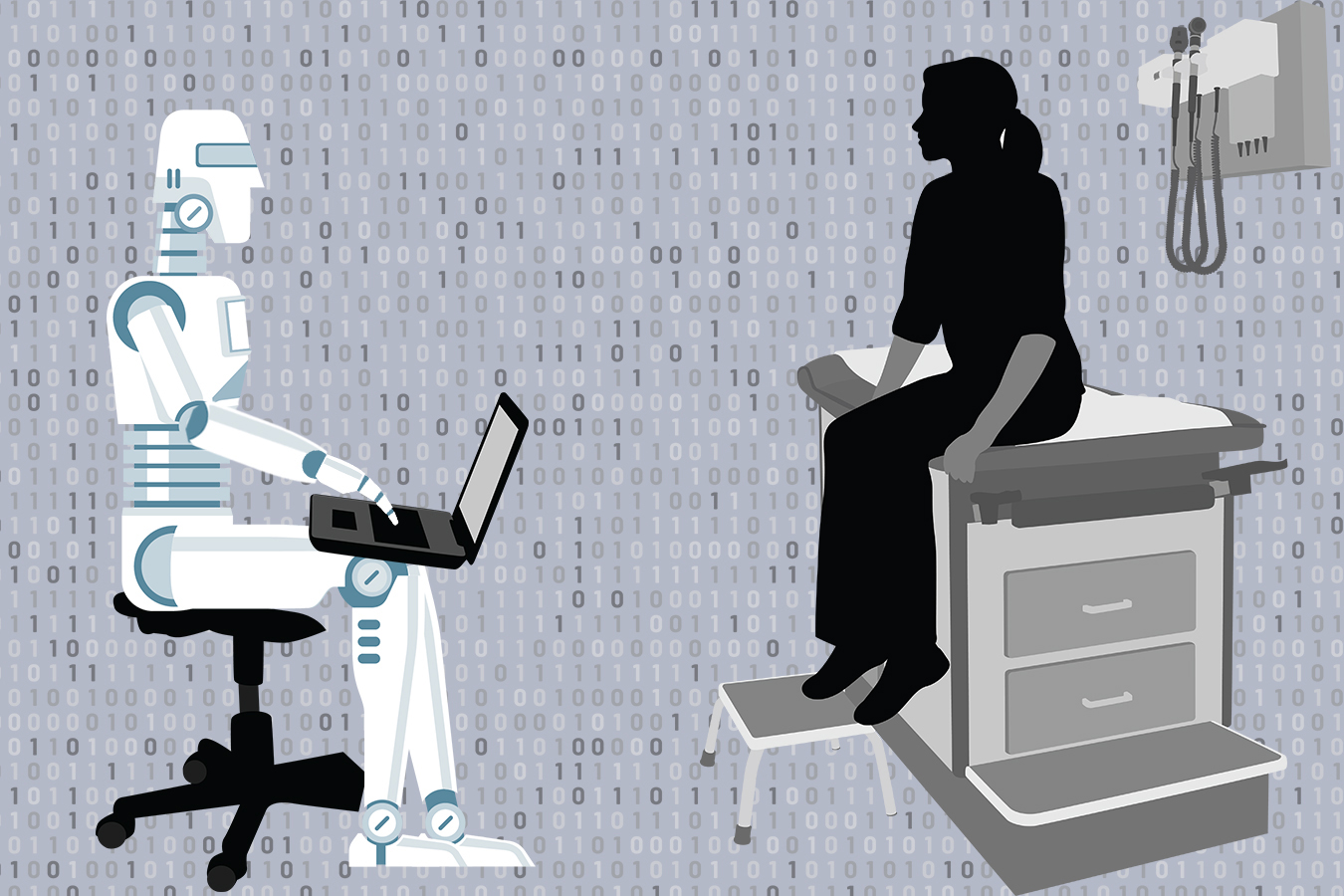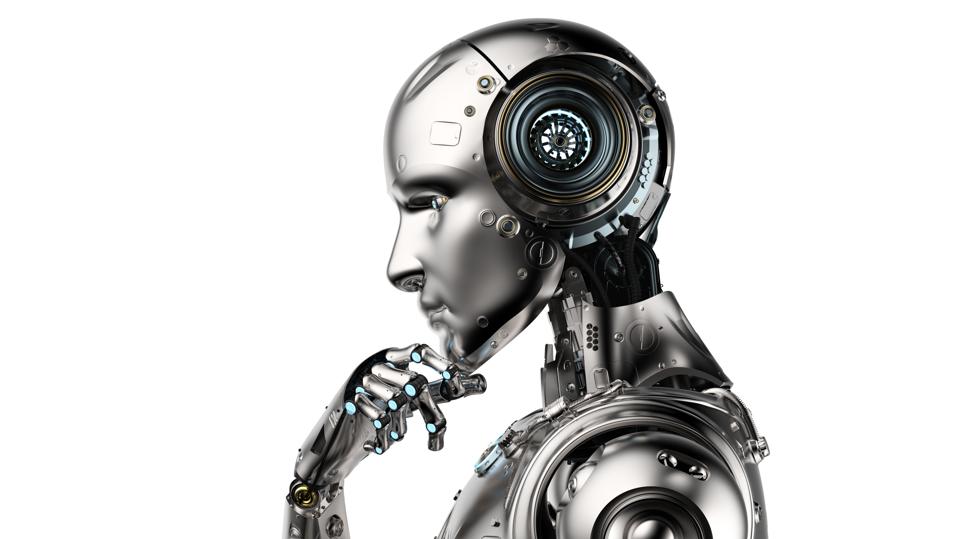Matthew Perrone
AP.com
Originally posted 23 March 24
Here is an excerpt:
Earkick is one of hundreds of free apps that are being pitched to address a crisis in mental health among teens and young adults. Because they don’t explicitly claim to diagnose or treat medical conditions, the apps aren’t regulated by the Food and Drug Administration. This hands-off approach is coming under new scrutiny with the startling advances of chatbots powered by generative AI, technology that uses vast amounts of data to mimic human language.
The industry argument is simple: Chatbots are free, available 24/7 and don’t come with the stigma that keeps some people away from therapy.
But there’s limited data that they actually improve mental health. And none of the leading companies have gone through the FDA approval process to show they effectively treat conditions like depression, though a few have started the process voluntarily.
“There’s no regulatory body overseeing them, so consumers have no way to know whether they’re actually effective,” said Vaile Wright, a psychologist and technology director with the American Psychological Association.
Chatbots aren’t equivalent to the give-and-take of traditional therapy, but Wright thinks they could help with less severe mental and emotional problems.
Earkick’s website states that the app does not “provide any form of medical care, medical opinion, diagnosis or treatment.”
Some health lawyers say such disclaimers aren’t enough.
Here is my summary:
AI chatbots can provide personalized, 24/7 mental health support and guidance to users through convenient mobile apps. They use natural language processing and machine learning to simulate human conversation and tailor responses to individual needs.
This can be especially beneficial for those who face barriers to accessing traditional in-person therapy, such as cost, location, or stigma.
Research has shown that AI chatbots can be effective in reducing the severity of mental health issues like anxiety, depression, and stress for diverse populations. They can deliver evidence-based interventions like cognitive behavioral therapy and promote positive psychology. Some well-known examples include Wysa, Woebot, Replika, Youper, and Tess.
However, there are also ethical concerns around the use of AI chatbots for mental health. There are risks of providing inadequate or even harmful support if the chatbot cannot fully understand the user's needs or respond empathetically. Algorithmic bias in the training data could also lead to discriminatory advice. It's crucial that users understand the limitations of the therapeutic relationship with an AI chatbot versus a human therapist.
Overall, AI chatbots have significant potential to expand access to mental health support, but must be developed and deployed responsibly with strong safeguards to protect user wellbeing. Continued research and oversight will be needed to ensure these tools are used effectively and ethically.



















